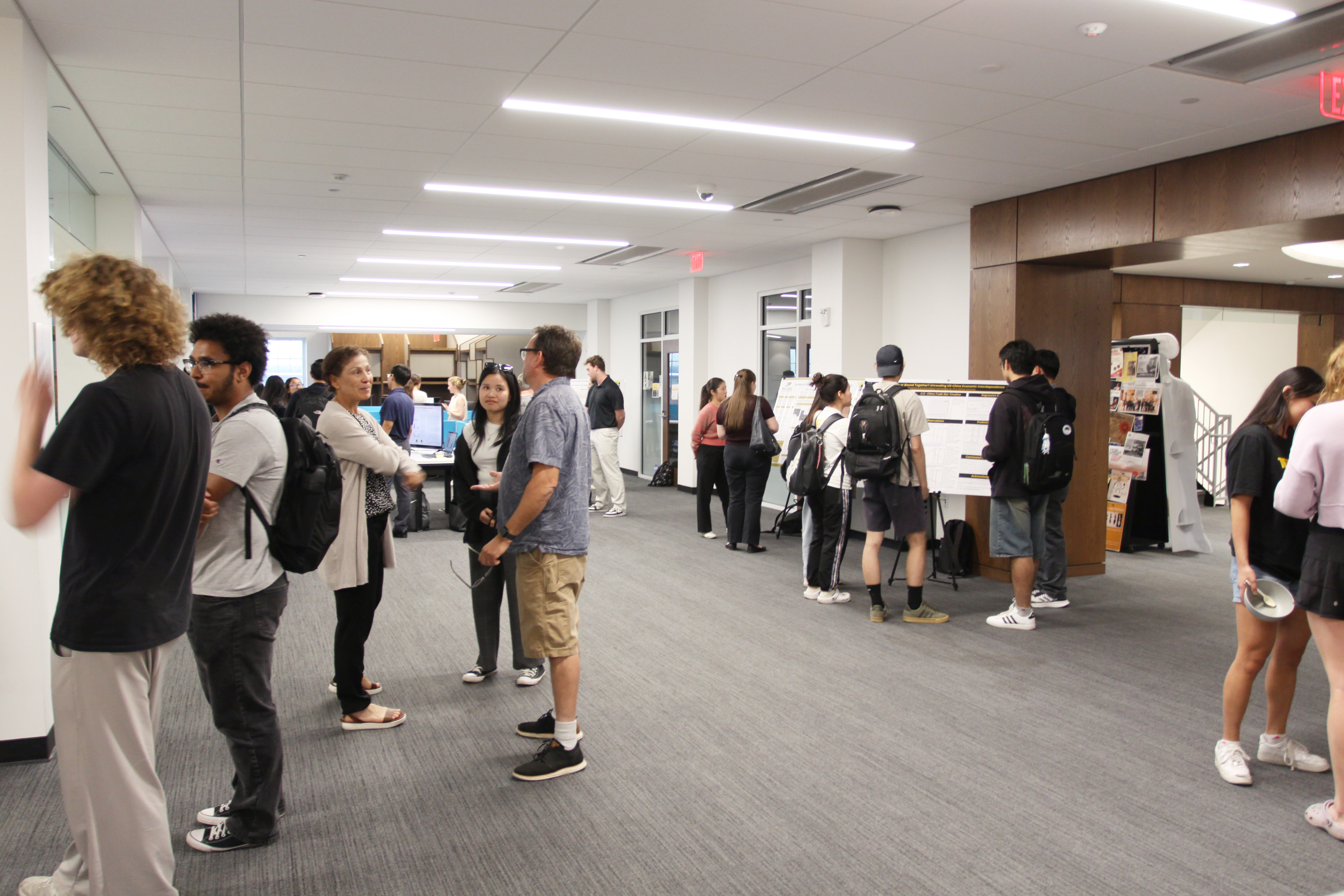Document Type
Thesis
Publication Date
12-2018
Abstract
This project investigates the activities of translation and mourning as ritual acts in Anne Carson’s Nox, a multimedia poem including a translation and reception of Catullus’s poem 101. Carson, as a literary critic and poet, as well as a classicist and translator, uses multimodal strategies of addressing the tensions between social rituals of mourning and intimate grief by making translation an allegory for the grieving process. Through Nox, I inspect a number of interrelated tensions between emotional interior and expressed exterior as finely controlled in both form and content. By using a culturally embedded, referential elegiac form to put a very particular “frame around” unbounded personal grief, Carson demonstrates that grieving is “akin” to history and translation, as they are motivated by the same rituals. Nox began, almost a decade before its publication, as a personal scrapbook that reconstructs Carson’s brother Michael. Its pages are an uncanny reproduction—a Xerox—of that original book, ink bleed and all. It is an intensely personal document serving a quite public purpose—to share, to engage, and to openly grieve a person lost. The tensions between what one feels and how one can share it are introduced by the act of its publication. This paper describes those ways in which Carson chose to represent and enact these tensions and induces the reader to perform this grieving. The turn to classical precedent is a poetic tool that implicates the ways in which humans deal with the irrational, the painful, the traumatic and the irreducible. Translating 101, an elegy to someone else’s brother, tears at our understandings of personal grief and classical translation at their seams.
Recommended Citation
Langhout, Peper '18, "Addressing Ash: Rituals of translation and grief in Anne Carson’s Nox" (2018). Student Research. 49, Scholarly and Creative Work from DePauw University.
https://scholarship.depauw.edu/studentresearchother/49



Comments
A Thesis Presented to the Faculty of the World Literature Program DePauw University In Partial Fulfillment of the Requirement for the Degree of the Bachelor of Arts